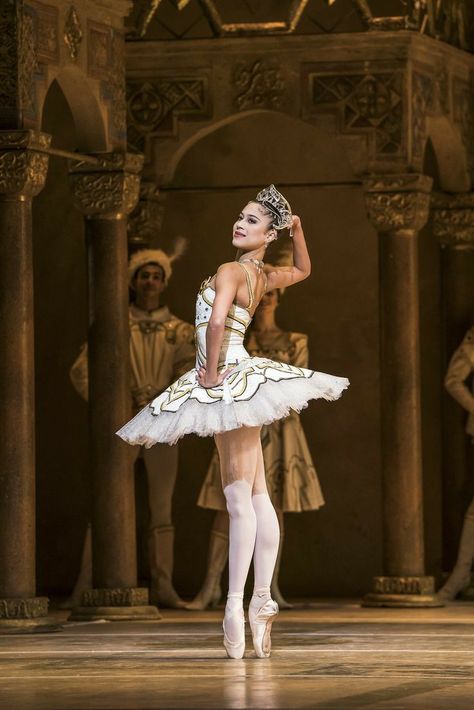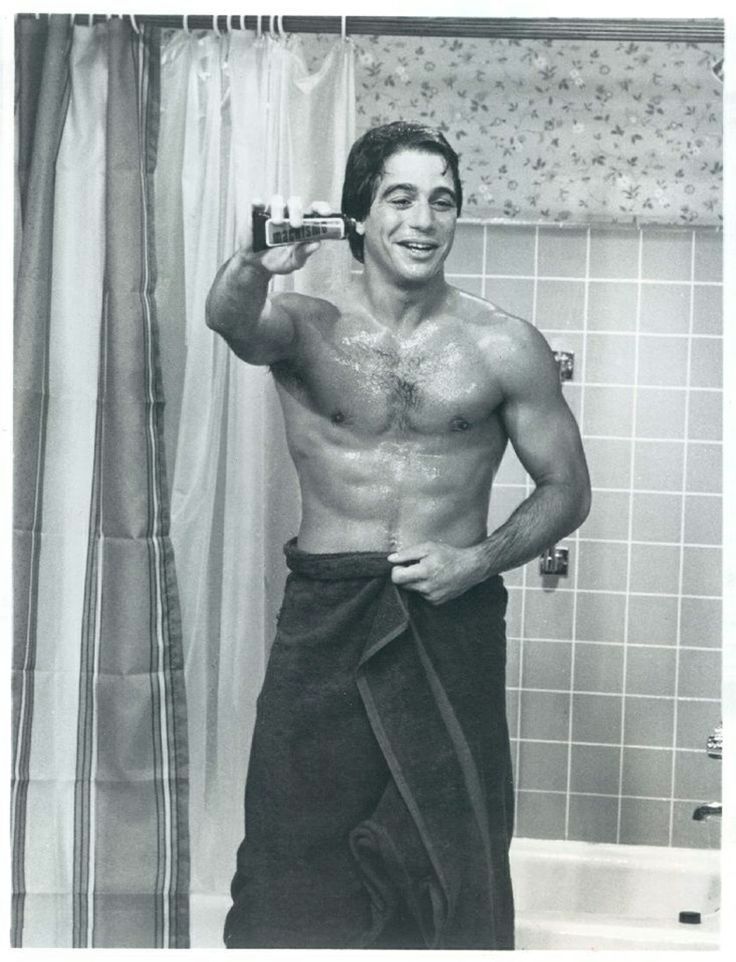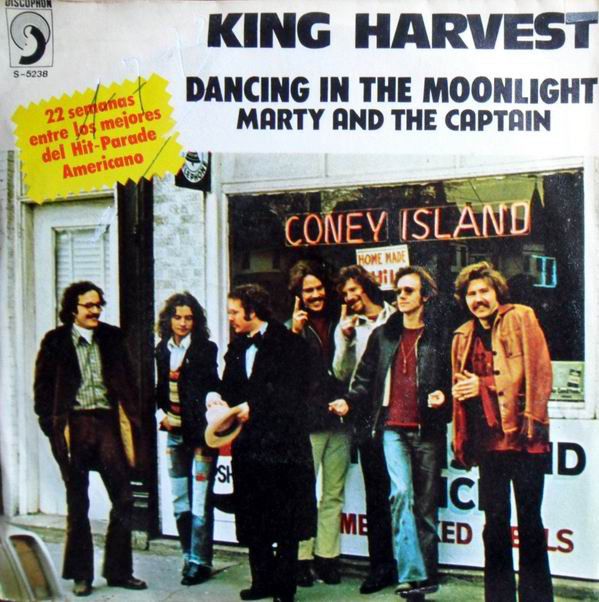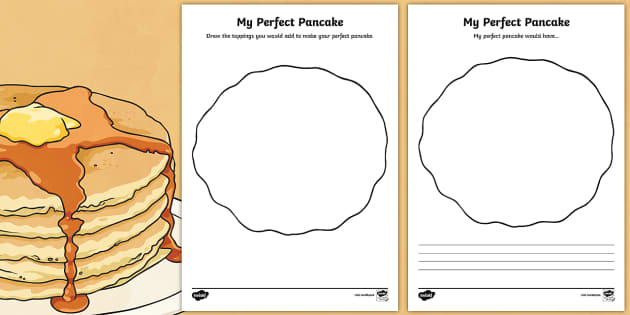How to become a good dancer without lessons
How To Learn Dance With No Dance Classes In Your Area
Many dancers or aspiring dancers live in areas where there are no dance classes, studios, nor communities. If this is you, please don’t be deterred you from starting!
Where there is a will, there is always a way! You can start dancing on your own by making the most of the resources that you do have.
Keep reading to learn how to start learning how to dance – wherever you live.
No dance classes? No problem.
1. Define what type of dance you’re interested in
First, narrow down your scope of interests to a style or a few styles that resonate with you most.
There are so many different dance styles and each have different methods for learning and practicing it.
For example, are you interested in the robotic, eye-tricking motions of Popping? Do you like the athleticism and flair of Breakin’?
Are you drawn to grooving out to old school hip hop music? Are you looking to learn and perform choreographed pieces, like in Urban Dance Choreography?
Think about. Take a second. THEN –
2. Do background research
Once you’ve narrowed it down to one or two, look for online resources that can give you some deeper insight on the style.
For instance, if you want to learn Popping, read up on its history, origins, and basic techniques (the hit is a great place to start).
Test it out with these exercises recommended by Charles Nguyen (from Kinjaz and Poreotics) here.
For you hip hop heads, brush up on where the culture comes from in this article.
Those wanting to get into the Urban Dance world, read this article on what it actually is, and watch videos on YouTube from your favorite choreographers.
3. Find ways to learn online
As you learn more about these different dance styles and cultures, you’ll also gain a better sense of the techniques and key moves that make up the style.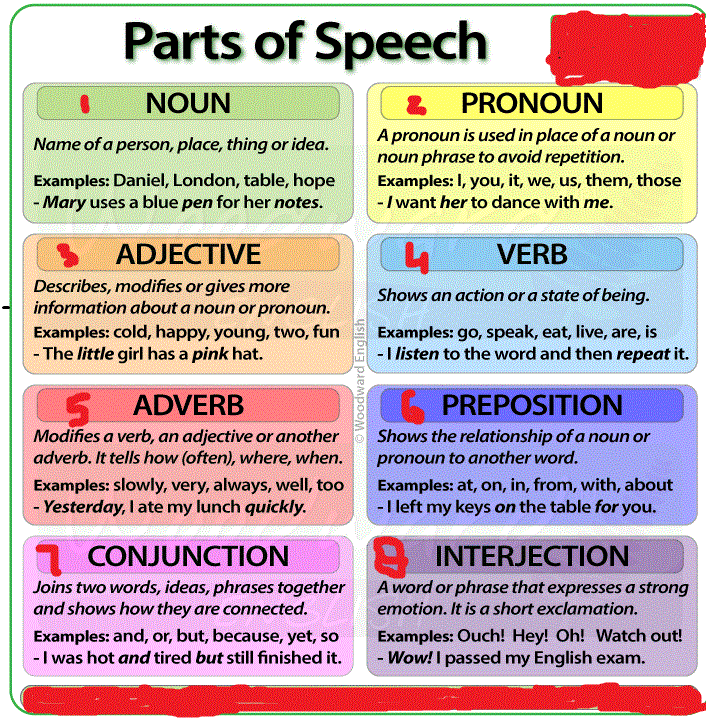
Since you can’t get to a physical studio with teachers who teach that specific style, look up online learning platforms that can teach you the ABC’s – for examples, aspiring Poppers, try Boogie Frantick’s Beginner Popping Program on STEEZY Studio.
For Breakin’ heads, B-Boy and B-Girl Dojo provide an interactive, immersive Breakin’ program that teaches moves, techniques, battle skills, and more.
VincaniTV also has great tutorials on Breaking and Hip Hop styles.
There are some awesome YouTube tutorials on basic House steps by Jardy Santiago, too!
Other online dance classes:
DanceTutorialsLIVE offers tutorials in everything from Twerking to the Dougie.
The amazing Matt Steffanina teaches the hypest pieces to the most popular current music on his YouTube channel.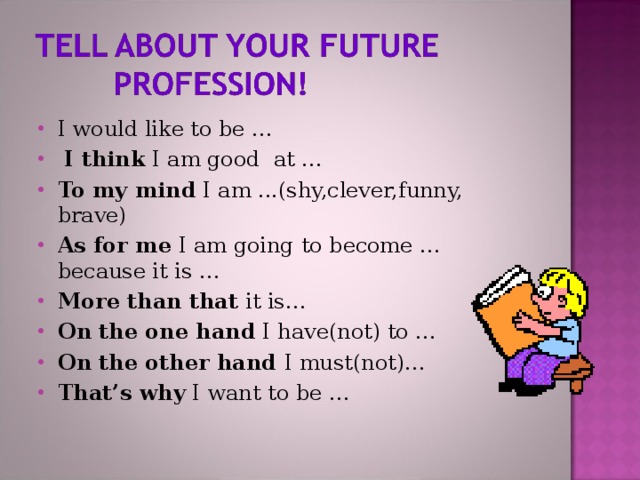
You can learn from Korea’s best choeographers with 1MILLION Dance Tutorial.
And of course, STEEZY Studio has over 90 online classes where you can learn advanced Urban Choreography pieces, grooves, beginner choreography, and more.
Curious to see how it works? This’ll tell you everything: How To Use STEEZY Studio
4. Get your friends together to practice
If you have friends who are also interested in learning how to dance, then get them together and try out one of these online classes.
Or, freestyle and practice drills together.
Set a weekly day/time to get together and practice at a park, your garage, front lawn, even in your living room.
Even if it’s just 1 other person, having someone share that experience with you creates a sense of community (yes, a community of 2 is still a community!)
5. Commute to take live classes
Yes, it’s kind of a mission to take 2 trains, a bus, and walk 3 miles to get to a studio…
But commuting to take a in-real-life class once in a while is worth it!
You get to be in an environment made for optimal dance training, around other dancers who are trying to learn and grow, and receive instruction from a professional teacher!
You can learn tons of skills online, on your own, from your home…
But nothing can replace a real-life experience, just like how FaceTime can’t replace face to face hangouts.
So save up some money and block out a chunk of your time to experience in-person classes.
Treat it as a vacation, if anything, where you get to indulge heavily in your passion.
While it may take a bit of extra effort, don’t take the fact that there are no dance classes in your area as a handicap.
If anything, you can receive instruction in other ways and supplement your training in ways that best cater to you.
Also, being more self-taught allows for room for you to dance like you, without being too influenced by a particular instructor or regular set of students.
Take advantage of all the resources out there, as well as the freedom to develop your own unique style.
Let’s keep growing together, STEEZY Nation!
Do you have a hard time getting to a dance class? What are some ways you train? Comment and share your advice!
How To Become A Better Dancer: 5 Tips -
So you want to know how to become a better dancer?
Here are 5 important tips that will help you improve as a dancer fast:
1.
 Take Lessons Consistently (You’re not special)
Take Lessons Consistently (You’re not special)Some people think that they can get good without ever taking any dance lessons…
This is a mistake. Think about everything else you ever learned in your life, did you just wing it? No, you probably took lessons to become good at it. The same goes with dancing. You can take lessons in person or online. For in-person lessons you can do group classes or private lessons. For online lessons you can learn from videos. Check out our online Ballroom dance videos here.
Furthermore, it is important to take the time to find the right dance teacher for your goals, because some are definitely more qualified than others. My recommendation is try out a lesson with several teachers before committing to one specific dance instructor. Read our article on what makes a good dance teacher.
2. Practice Daily At Home/Studio
One of the most important habits you need to adopt is daily consistent practice. No matter how naturally good you are, you need to practice if you want to become a better dancer. Many people assume that just because they take lessons, they don’t need to practice. This could not be further from the truth. It is precisely because you take dance lessons, you need to practice even more to make sure you retain everything you’ve been learning.
Many people assume that just because they take lessons, they don’t need to practice. This could not be further from the truth. It is precisely because you take dance lessons, you need to practice even more to make sure you retain everything you’ve been learning.
Becoming a better dancer requires muscle memory. And muscle memory requires a lot of repetition through practice. So don’t overthink it – simply make some room in your living room, get a mirror and practice the things you worked on at your last lesson/class. Check out our practice guide for Ballroom dancers.
3. Have A Goal
One of the fastest ways to improve your dancing is simply to have a goal to work towards. The goal can be a performance at your studio’s showcase or party. It can also be a dance competition. Even if you don’t want to perform you can still come up with a social dance goal such as “be able to dance comfortably at next month’s party”. Be creative with it as there is no wrong or right goals.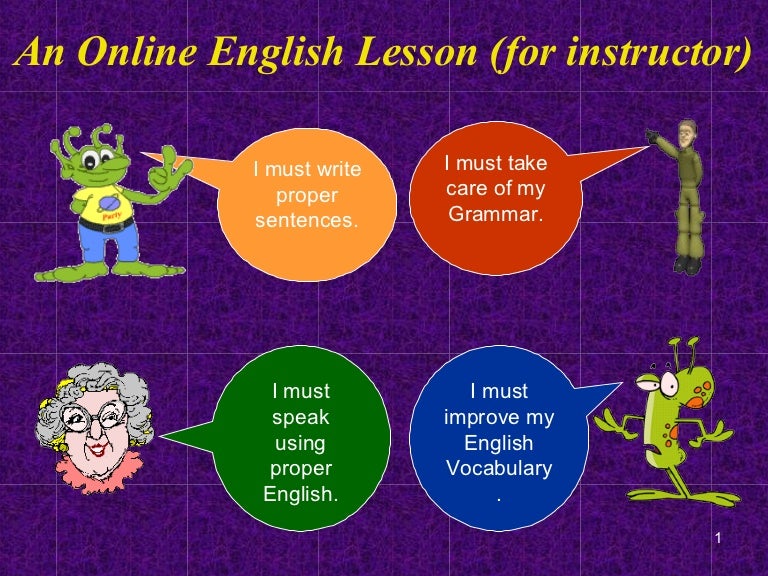 The most important thing is to have one and to have a future date that you’re working towards. This will keep you motivated with your daily practice!
The most important thing is to have one and to have a future date that you’re working towards. This will keep you motivated with your daily practice!
4. Feel your body
After you’ve learned the mechanics of the steps and routines, you need to make sure that you let your body “Feel” the movements so that all the steps and styling can really sink in to your muscle memory. You don’t want to be stuck in your head when you’re practicing or taking lessons, you need to be in “your body” to retain the dance moves, and progress faster.
After you got it pretty good, just put on the music and try to feel your body going with the music… This will also add enjoyment to your dancing.
5. Keep yourself inspired
It is critical to work on staying inspired and motivated with your getting better in dancing goal. Life gets in the way, so some days you will be more inspired than others… The key is to figure out some specific triggers that can energize you quickly to get back in the groove, whenever you’re not feeling it.
For example, let’s say you don’t feel like going to your dance practice today. What you can do is watch some videos of your favorite dancers performing your favorite choreography on youtube!
That should get you back on track fast.
Watch Video – 5 Tips For Improving As A Dancer:
What do you think? Leave a comment below.
By: Leon Turetsky
Professional dance instructor
Related:
More Dance Articles & Tips
Types of ballroom dances
Styles of Latin Dances
Dances
Author: Pavel Gather
Psychologist, Lecturer Salsa and Tango
Dances
Author: Pavel Pavel
Psychologist, Lecturer Salsa
on At the start, you always want to get a quick result. When it doesn't happen, the hypothesis arises that everything takes time. After a conditionally acceptable time, humility comes to mastering pair dances, which, perhaps, is not given, and I will just do what I learned somehow. nine0003
When it doesn't happen, the hypothesis arises that everything takes time. After a conditionally acceptable time, humility comes to mastering pair dances, which, perhaps, is not given, and I will just do what I learned somehow. nine0003
This is the most common story of those who believe that the mere act of attending a pair dance class is enough to learn how to dance.
Absolutely not. If you want to really dance well, you have to make an effort outside of the dance class. A good teacher will definitely be needed, but the initiative should be on your side.
1. Listen to music
The most common and accessible advice that is given already in the first lessons. And it definitely works. Music creates a certain atmosphere of the dance and intuitively you want to move to it. It doesn't matter where you listen to music - in the car, on headphones while walking or doing household chores. nine0003
An addition that will help you dance better is your active participation in the music. Sing along, dance or simply beat musical accents with any free parts of the body. In the subway, for example, it is enough to tap out bright moments with your fingers, in the car to sing along with sounds, and at home you can jump for pleasure.
Sing along, dance or simply beat musical accents with any free parts of the body. In the subway, for example, it is enough to tap out bright moments with your fingers, in the car to sing along with sounds, and at home you can jump for pleasure.
2. Watch videos of good dancers
It's complicated, but also obvious. It’s more difficult, because without recommendations from more experienced dancers, unfortunately, it’s not so easy to find a good quality video on the net (I mean not the resolution quality, but the content itself). nine0003
Meaningful video viewing is about building an understanding of HOW dancers make a particular impression on a partner or viewer. Technology is at the heart of everything. Understanding how the pros do it is a big step forward.
It is important to distinguish a show from a disco dance, a staged performance from an improvisation, a stylized dance from an authentic one, etc. Ask for recommendations and dance teachers will always throw off a couple of videos of worthy landmarks.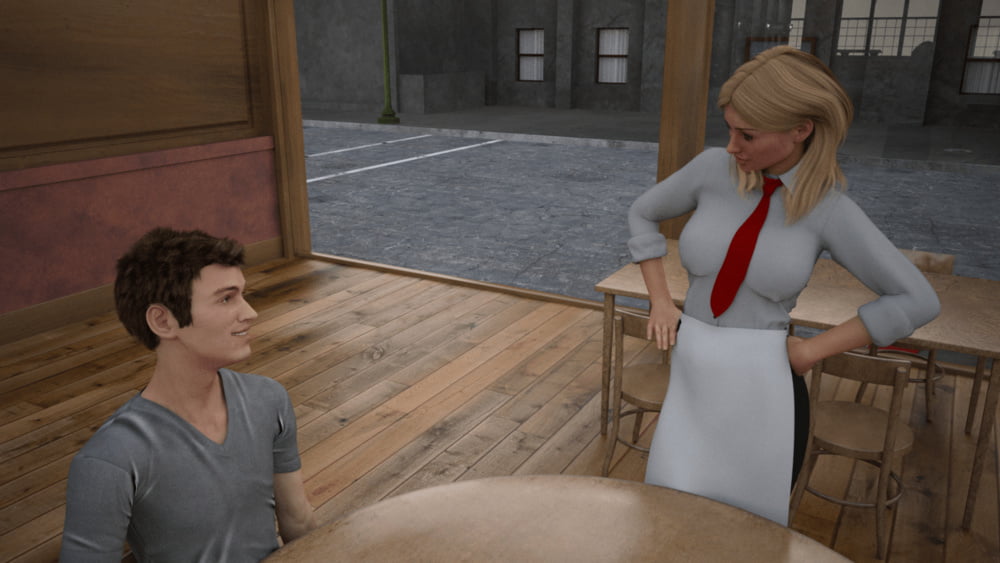 nine0007
nine0007
Tango Z. Showreel.
Online modern tango courses
Tango nuevo is the most advanced version of tango. We can quickly learn to dance from zero to a steep level.
| View details |
3. Dance in salsatecas/milongas/discotheques
A very delicate moment when it is worth coming to the first party. From a technical point of view, most students in 1-3 months have a sufficient set of figures and techniques to come and dance calmly. Psychologically, the same moment can be stretched out for an indefinite time. After all, it is imperative to “not lose face”, “learn more figures” and be sure what to do in case “there is an unfamiliar movement”. nine0003
In fact, the partygoers don't really care (except for a small layer of non-professional teachers who want to help inexperienced dancers by treating them as customers in the future). It is important to come and try dancing after a month of classes.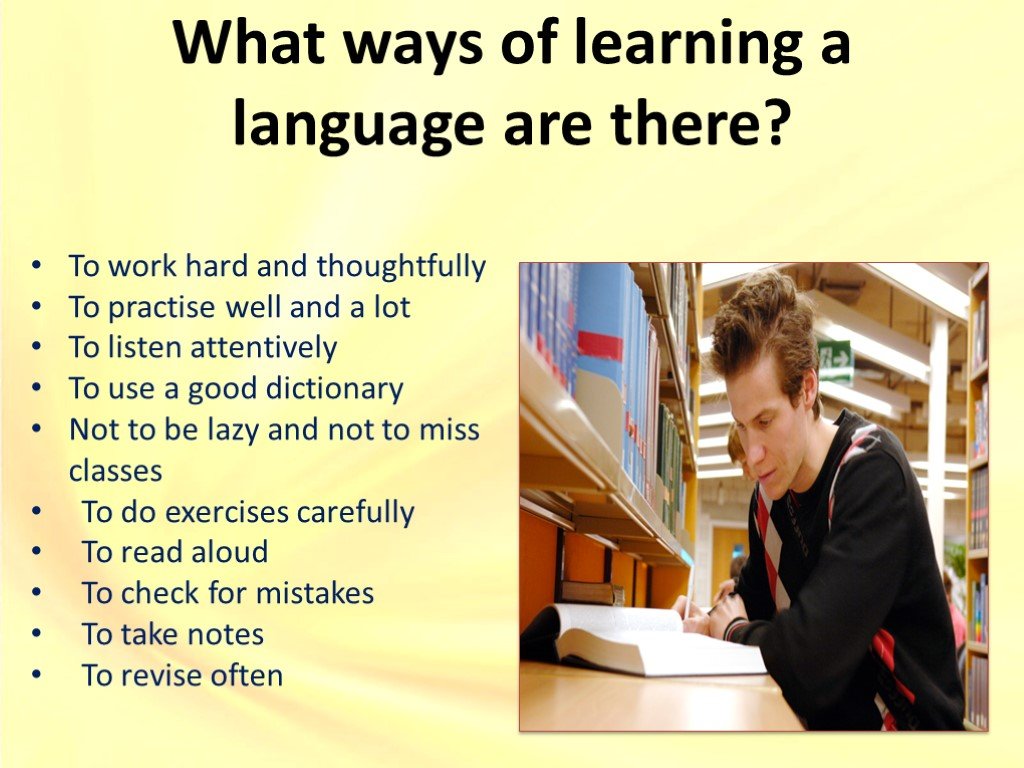 You can only with friends or guys from your group. This will be enough to feel the adrenaline and inspiration from the dance.
You can only with friends or guys from your group. This will be enough to feel the adrenaline and inspiration from the dance.
4. Dance with partners or partners not of your level
The conventional wisdom that you need to practice in groups of your level does not withstand the test of experience. Perhaps now your eyes widened in surprise, and you want to meaningfully read the phrase again. Yes, you saw everything correctly: when you dance with a partner of your level, you don’t grow anywhere. nine0003
It's important to understand that not only does it work one way and you have to dance with cooler dancers, but it works even more effectively the other way. It is no coincidence that teaching pair dances dramatically raises the level of the teacher himself. You have an endless stream of very beginner dancers.
How it works. A more experienced partner needs to be "stretched". It's easy and obvious. With beginners, you need to take more initiative on yourself, see the general pattern of the dance more widely, turn on and insure more, try to be an example and be more careful. The quality of interaction begins to grow significantly. And wonderful partners too. nine0003
The quality of interaction begins to grow significantly. And wonderful partners too. nine0003
Dancing with partners of your level doesn't make you grow. Dance with both beginners and more advanced dancers
Dominican Bachata Women's Style Online Course
Want to learn how to hypnotize those around you with the most appetizing part of your body? On the course we will tell you all the secrets.
| Interesting |
5. Learn to dance for a partner and for a partner
Turks and Argentines are one of the best partners in the world. In Russia, partners are highly valued. Why? The answer is simple. In Argentina and Turkey, it is not questionable for men to ask another man to lead in one piece or another and give feedback on the quality of the lead. For them, it will be a great shame to hear moralizing from a partner, or even more so to be known in the community as an insecure partner.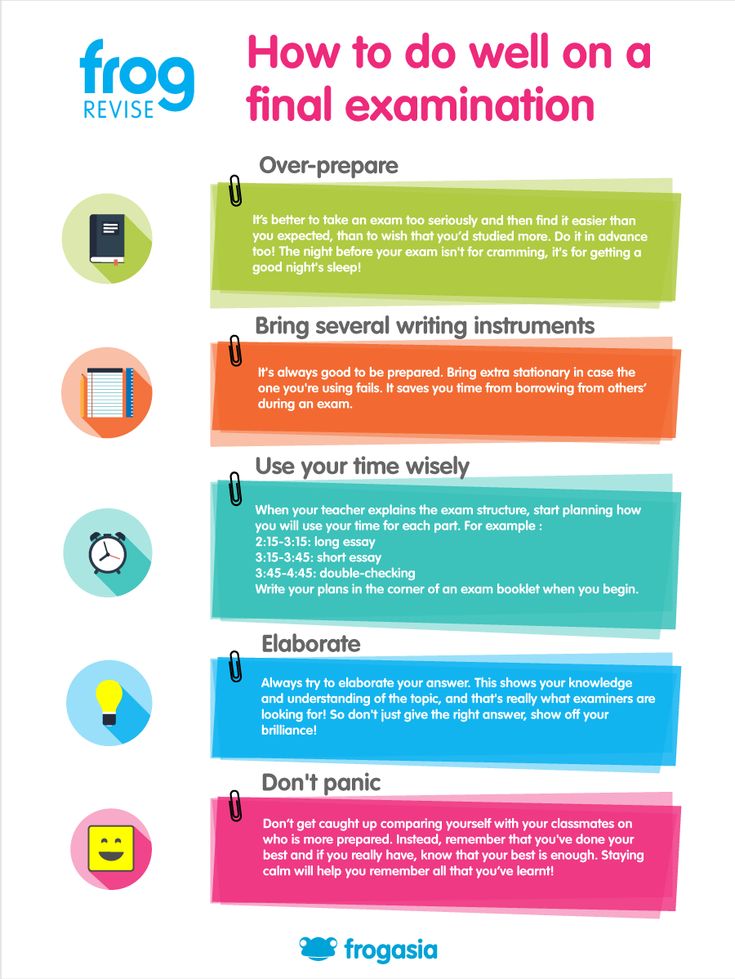 nine0003
nine0003
In Russia, due to the constant, often far-fetched, opinion that there are more women in pair dances, partners calmly get up and study their partner's part. Such partners then grow into very cool dancers and teachers. In no case do this at parties, only in class. Here we are talking only about the learning strategy. At parties, be yourself.
6. Do not memorize the links
Always try to look deeper and understand the through principle and idea of movement. Understanding what and how is done will make it possible to independently generate any sequences and chips. nine0003
Human memory is limited and there will always be a moment when something will escape and your repertoire will be limited by the size of RAM.
In Argentine tango, for example, there are seven levels of movement construction that, when mastered, will allow you to make millions of combinations. And how many dance sequences can you really remember? In rueda, more than 150 figures dance in a rare circle.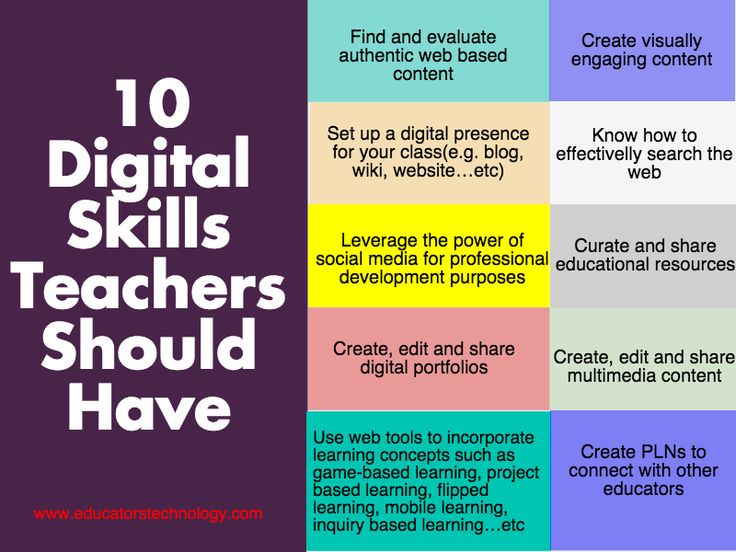 It's hard to keep more in mind.
It's hard to keep more in mind.
7. Develop your body
Many years of experience in teaching couple dance shows that as soon as everyone pairs up in a class, any progress in individual style ends. But it is the individual style that distinguishes everyone at the disco: partners change, and style is always with you. nine0003
The body as the main instrument of dance must be very plastic, responsive and emotional. Surprisingly, not all pair dance schools have a general physical warm-up. It is vital to tune the body and understand how it works.
You can always train extra and concentrate more on the basic steps, as their true value is as body work. The sequence of steps is, in fact, the simplest thing that can be in pair dancing. The quality of individual performance determines the craftsmanship. nine0003
8. Try on the images of inspiring dancers
A psychological life hack for those who have already mastered the steps, but still feel that there is not enough brightness and drive. Most are terribly afraid of being someone else's "clone". Here the action is the same as under the influence of hypnosis - the more you resist, the more you plunge into an altered state of consciousness.
Most are terribly afraid of being someone else's "clone". Here the action is the same as under the influence of hypnosis - the more you resist, the more you plunge into an altered state of consciousness.
With a high degree of probability, you are already dancing like someone else's "clone". A meaningful fitting of someone else's image is that you mentally take the image of the one who inspires you (inspiration is critical in this case) and "put on" yourself. Then you start dancing and trying to feel in general how it is to be able, for example, to be the best partner or the sexiest partner in a disco. This is much more difficult than it seems. But it works extremely efficiently. nine0003
9. Dance to offbeat music
Habitual rhythms keep you tight. Tango salon or speedy timba leave little room for experimentation and fantasy. Pattern dancing is always noticeable and is reserved for beginners.
The truly new is born outside of the usual.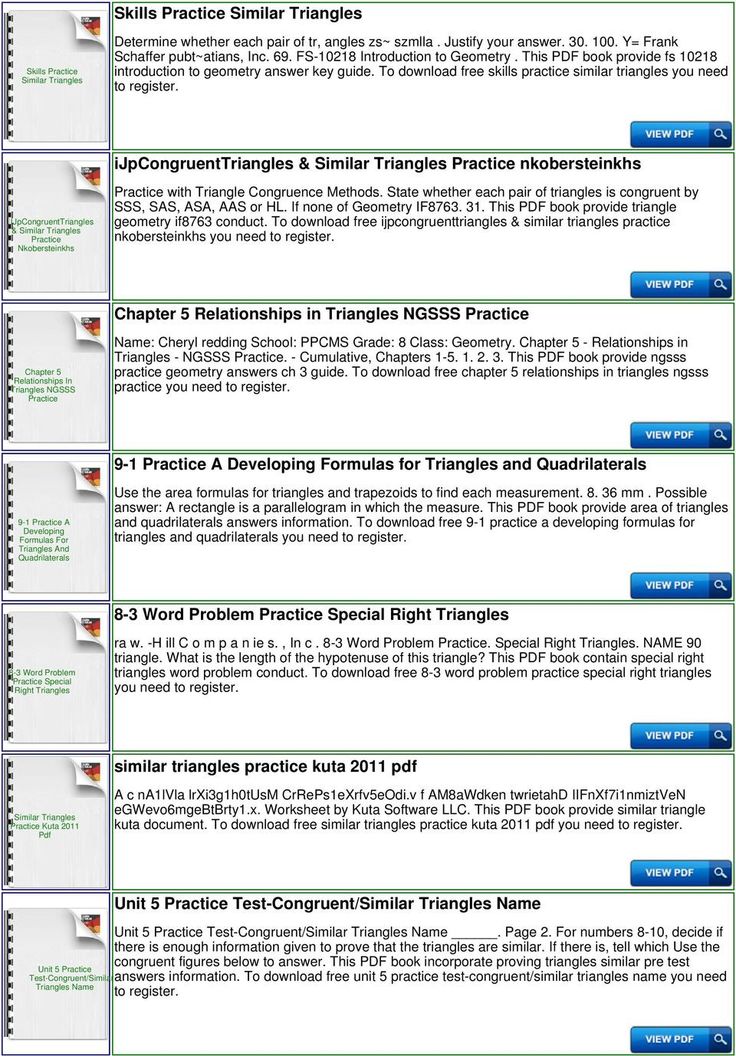 Look for places to experiment. If there is no place, organize self-training. The main thing is not to get carried away, because music determines the style. We bring something new to pair dances, rather than trying to change them. nine0007
Look for places to experiment. If there is no place, organize self-training. The main thing is not to get carried away, because music determines the style. We bring something new to pair dances, rather than trying to change them. nine0007
Search, improvise, don’t be afraid to go beyond, develop in different directions, be inspired by music atypical for the style
10. Try your hand at basic dance directions
dances exist according to their own non-choreographic laws.
This is the deepest delusion, which has turned into a ceiling for the qualitative development of partner dances. After all, all professional dancers, for example, in salsa or bachata, build their ideas on the basic choreographic principles. nine0003
Do not think that choreography is only applicable on stage. Any meaningful movement of the body can be choreographic. In general, try classical or modern choreography. Basically, hip-hop can work too.
11. Look for battle sensations
Pair dances return us to an active position of manifestation of our body. As in the days of our ancient ancestors, we impress the members of the opposite sex with how dexterous, hardy, sexy, etc. we are. Modern jungle laws in the entourage of big cities. nine0003
If you look around the dance floor, it becomes clear that the majority are clearly herbivores (not in the sense of vegetarians, but in relation to those around them). I am sure that predators are always more interesting in terms of the attractiveness of the image - try to find a counterbalance among herbivores, for example, a cat woman or a lion man.
The conversation is about an internal position, not about aggressiveness. Lability and lack of control are inherent in adolescents, and not in adult self-sufficient people.
Accordingly, even a training or friendly battle gives, on the one hand, practical skills - to make a bright sequence of movements, bring an idea to a climax, show a spectacular feature, on the other hand, develops the psychological basis of the dance - self-confidence, resistance to extraneous attention, self-control and self-control in complex elements. nine0007
nine0007
12. Communicate with professionals
The environment shapes the internal position. Basically, real passionaries of the dance community are ready to openly talk, discuss and support the development of dance in every possible way. Universal principles and the ideas they articulate have a much longer and more practical perspective than meets the eye.
Accept that, for example, behind the words "listen to your partner" is not only a beautiful metaphor, but also a practical skill to literally listen to your partner. At the same time, always treat every thought, even the most respected teacher, as a private opinion. nine0003
Your skill will lie in finding the scope of the idea even in conflicting opinions. Most often, the contradiction is speculative and the truth lies in the angle of perception or situationality.
Your dancing growth will stop sooner or later. This can happen at the level of three basic steps or years of experience in teaching and show performances. Regardless of your level, the suggested 12 life hacks can get you off the ground and greatly accelerate your dance growth. There is no way here without your motivation and activity. Take your dance development into your own hands. nineOl000 Dangerous sexuality
Regardless of your level, the suggested 12 life hacks can get you off the ground and greatly accelerate your dance growth. There is no way here without your motivation and activity. Take your dance development into your own hands. nineOl000 Dangerous sexuality
Salsa: destroyers of stereotypes
Couple dancing as a source of strength.
Self-destruction of the couple dance community
The Salsa series as a mirror of the community
Mamita Fridays: salsa, bachata
Destroying the myths about leading pair dances
Does dancing make us better?
The seven deadly sins of teachers
Why we will never dance bachata like the Dominicans
Why tango?
Dispute over musicality
Selection of dances according to alcohol preferences
Where to find inspiration for dancing? nine0003
Terrible tango nuevo
Distribution of roles in a salsa party
Argentinean tango through the eyes of a salsa dancer
Is there a predisposition to dancing?
Which is more effective: individual or group lessons?
Sexual overtones in pair dances
How to learn to dance (if you are an adult)?
First you need to at least roughly understand what exactly you want.
This article is about dancing, because I wanted movement and company, I wanted to cheer myself up and do it as actively as possible. Therefore, in this article I will share with you my experience of a simple person, not a professional dancer, who was going to learn how to dance as an adult. Some options seemed more attractive to me, some less, but I will talk about all the options available and comment on what came of it. nine0003
Stage 1: Preparatory
So you've found that dancing is right for you: you're ready for an active holiday in the company of other people. Where to begin?
I suggest starting with choosing a direction. Dances in different cultures were formed first with ritual purposes, then as an opportunity to get to know each other, and now all options are available to us at once, so you need to decide from all the variety what is closer to you.
Ballroom dancing, salsa, ballet, tango, afro, lindy hop, bachata, contemporary, zumba, flamenco, house, kizomba, hustle, vogue, hip-hop? Fast or slow? Pair or solo? nine0003
Let's say you don't know what you want yet. Watch the video on YouTube. Type the name of the dance direction into a search engine and see how it looks. Don't stop with the most popular videos, find out how this style is danced in schools and at parties, not just at shows. Is this what you want?
Watch the video on YouTube. Type the name of the dance direction into a search engine and see how it looks. Don't stop with the most popular videos, find out how this style is danced in schools and at parties, not just at shows. Is this what you want?
Of course, it may be that some direction interested you right away. For example, you saw someone dancing something, you liked it, and you wanted to try it. Then do not hesitate to ask what kind of dances and where they teach this. nine0003
After that comes the most important step - to start and do. Do not delay with this, you have already become interested and have chosen - now you have to move on to practice, while you are really interested. If you say you want to dance, be true to yourself and dance. Ask for recommendations from friends or choose a school by searching the Internet, but do not put off signing up for a trial lesson. You can go through twenty trial lessons before you find what suits you, but the main thing: nine0003
To learn how to dance - dance
My personal experience For me, the starting point of interest was dancing on the embankment in Gorky Park, but even there there are as many as five directions: salsa, bachata, hustle, ballroom and historical dances.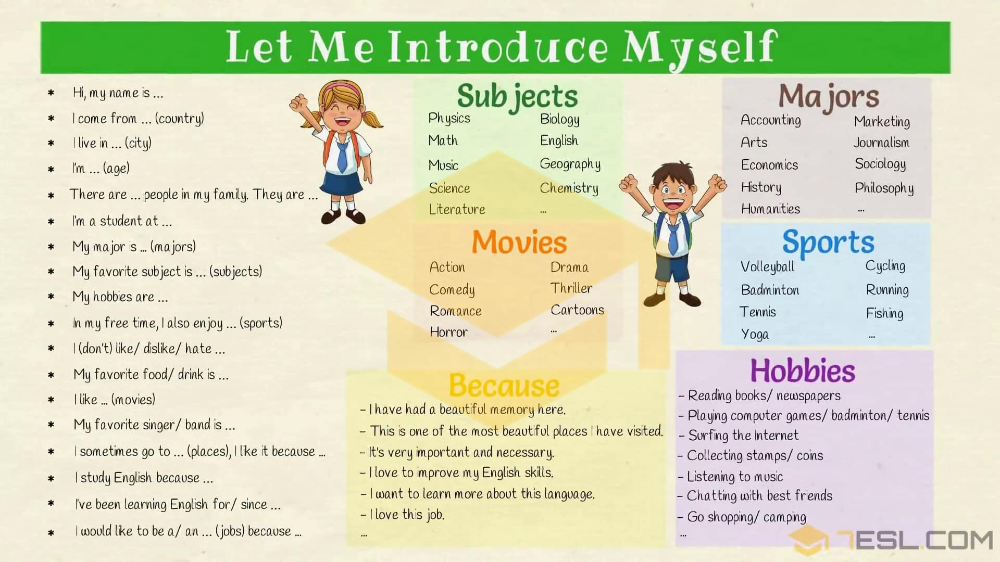 To be honest, I knew so little about dancing that I could confuse the Viennese ball with a bachata party. Therefore, I personally found acquaintances who dance, and through them I found out what options I have. So, I visited the Vienna Ball in Moscow and went to the ball at MGIMO. Yes, balls are held in Moscow (and not only), can you imagine. My first dances were ballrooms, I was in a group that hired a teacher, and we rented the hall ourselves. Then there was a brief interspersing of hustle, and then I switched to salsa, which I still dance, sometimes supplementing with bachata. “My School” was recommended to me by my friends, for which I thank them very much. Later, I also looked for a good school with New York salsa based on recommendations. nine0003
To be honest, I knew so little about dancing that I could confuse the Viennese ball with a bachata party. Therefore, I personally found acquaintances who dance, and through them I found out what options I have. So, I visited the Vienna Ball in Moscow and went to the ball at MGIMO. Yes, balls are held in Moscow (and not only), can you imagine. My first dances were ballrooms, I was in a group that hired a teacher, and we rented the hall ourselves. Then there was a brief interspersing of hustle, and then I switched to salsa, which I still dance, sometimes supplementing with bachata. “My School” was recommended to me by my friends, for which I thank them very much. Later, I also looked for a good school with New York salsa based on recommendations. nine0003
Stage 2: Dance schools: individual and group approach
You have found a dance school that you like according to the reviews and is suitable geographically. To get acquainted with teachers and directions - go to a trial lesson.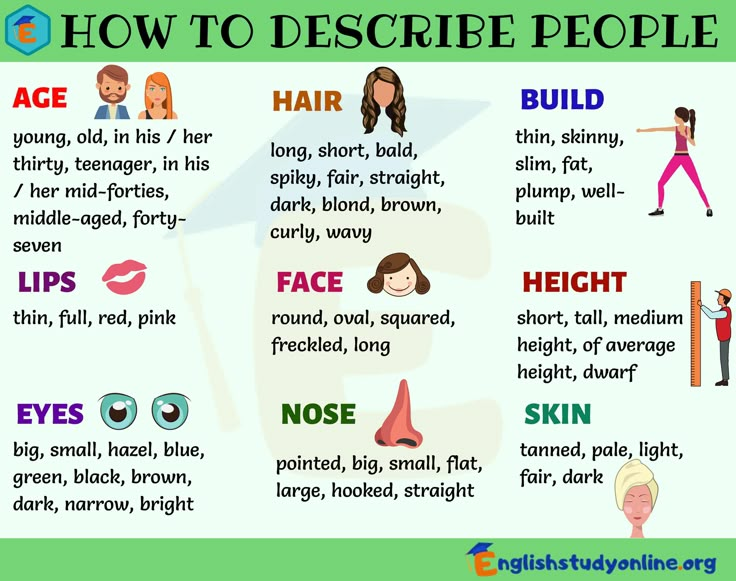
In dance schools, there are most often two formats for new students: a separate event - open lessons - or simply the opportunity to come to the first lesson for free or at a reduced price. If you come to a special open lesson for new students, you will most likely try a selection of exercises that will give you an assessment of how dance classes are going in this school in general. If you just join a group for your first lesson, it will help you see how teachers interact with their existing students, what kind of atmosphere is in the lesson. In any case, you will immediately try to dance - and that's great. If both of these options are available: open lessons and group attendance, try both. nine0003
Group lessons
There is another option: individual lessons with a teacher. If you are just starting to dance, the individual format will help you reduce the stress of immersing yourself in a crowd of people at once, choose your pace in practice and explanations, here you can even practice several directions at once if your dance teacher teaches several styles at once.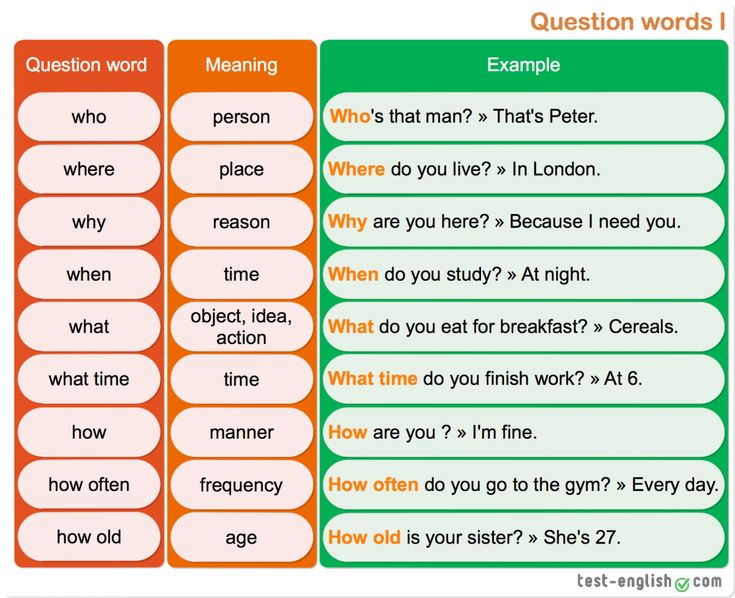 But if you went to dance not only for the sake of physical activity and filling your free time, individual lessons will not solve the main dance task - interaction with other people. If you only train one on one, it will not help you gain the courage and experience to dance with different partners. nine0003
But if you went to dance not only for the sake of physical activity and filling your free time, individual lessons will not solve the main dance task - interaction with other people. If you only train one on one, it will not help you gain the courage and experience to dance with different partners. nine0003
Another important thing to consider: how suitable are your dances for the individual format? Can they be danced solo? If so, one-on-one learning with a teacher can help you progress faster. By the way, this is why non-beginner dancers of all directions often turn to the format of individual lessons - at some stage you will want to give yourself an acceleration, work out your style, or, conversely, learn something from a particular master. nine0003
In any case, assess your goals and risks. More interaction with different partners, but at the same time more average attention of teachers? Or an individual approach and personal attention to you and your technique? You decide.
My personal experience I tried to start with individual lessons, but this experience was not successful for me, so I quickly switched to group classes. Why did my private lessons experience fail? I was advised by a ballroom dance teacher, and I expected that he would teach me waltzes and rumba. But at some point, he decided to switch to the social sphere and began to teach me hustle. Now I understand that the technique of different dances is different, and you need to make sure that the teacher is a good dancer in exactly the direction that you need. Then I just realized that the picture of how they teach me to dance does not match the videos that I watched, and those couples at parties that I saw. So I quit studying with my teacher and went to the group. In group classes, everything suits me: I read dance movements well even without an individual explanation, and if something is not clear, I do not hesitate to ask questions. Well, working with different partners throughout the lesson is even fun. My advice to you is to train watching in dancing also to make sure that you are really being taught what you want. And of course, if you want to learn salsa, a ballroom teacher is likely to be a dubious choice. Choose professionals in your field. nine0003
My advice to you is to train watching in dancing also to make sure that you are really being taught what you want. And of course, if you want to learn salsa, a ballroom teacher is likely to be a dubious choice. Choose professionals in your field. nine0003
As for the format of open lessons and just the option to come to any class, I saw both. There are sometimes a lot of people in open lessons, while potential students can be of different levels and it is difficult to get the right impression of the school. If you just come to the lesson - the main thing is not to be afraid to be new among the group. Much here depends on the attention of the teacher, how much he can help you get used to the place and give feedback after the lesson so that you can choose the right level and group for yourself. In Svoi Shkola, trial lessons are held in both formats, which is convenient because you can join the group at any time. nine0003
Stage 3: Online
During the pandemic, most of us have been forced to adapt every area of our lives for home use. In 2020-2021, many online schools appeared on the market, including dance schools. So isn't it easier to dance without leaving home?
In 2020-2021, many online schools appeared on the market, including dance schools. So isn't it easier to dance without leaving home?
In order to understand how online lessons are right for you, I propose to break the concept of "dancing" into components. Dancing is physical exercise, plus musicality and rhythm, plus interaction with other dancers and/or the audience. It immediately becomes obvious that if you want to practice pair dancing, you either need to have a ready-made partner at home, or choose the format of real offline classes. The other two points are a little more complicated. nine0003
In order for physical activities to take place without injuries and under the supervision of an experienced master, it is better to choose classes with a specific teacher, about whom you know that his exercises will be safe and accompanied by feedback. If you have already gone in for sports online and are familiar with how to properly perform physical exercises, it will be easier for you, but remember that dancing, like any other activity, is accompanied by certain professional risks, take care of yourself. nine0003
nine0003
Online lessons
As far as musicality and rhythm are concerned, here you need to realistically assess your ability to learn in such an independent format. Will you be able to read the exercises from the screen when the teacher cannot answer your questions? Will the number of classes that online courses offer be enough for you to feel your success in the dance business? If you think so, or just want to give it a try, this is an interesting format for solo dancing, especially if you want to participate in a course or marathon on a specific topic. nine0003
My personal experience I took a dance course online exactly once. For me, this format is risky in one way: if I don’t come to the dance school on my feet and give myself to a teacher who controls the intensity and regularity of my training, I will abandon this business. I am sure that this risk exists not only for me. Many of my friends sign up for online dance marathons, where it's completely normal to have 300 dancers start and only 50 finish. This is neither good nor bad, but it's a feature that is better to know about in advance so as not to waste time and money. nine0003
This is neither good nor bad, but it's a feature that is better to know about in advance so as not to waste time and money. nine0003
Stage 4: Parties and open airs
Aspiring dancers often ask the question: can you learn to dance just by going to parties?
Short answer: you can, but it's hard to do it well.
It is summer and every or almost every city has parks or public spaces where someone dances something and you can join them. But you should know in advance that most dancers will not be able to teach you how to dance. Let's start with the fact that at many venues training is prohibited by the organizers. As a rule, such events are a separate initiative that exists either for their own earnings, or, conversely, provides space for many schools at once. The world of social dancing is not big enough for dancers to squabble with each other, so be prepared for the fact that they may not want to teach you. In addition, at parties it can be difficult to tell the difference between a confident dancer and a teacher, and this can be critical not only for the future beauty of your dances, but also for your health. In addition, everyone comes to parties to have fun and relax, and the idea of mixing work with leisure is not always a good idea. nine0003
In addition, everyone comes to parties to have fun and relax, and the idea of mixing work with leisure is not always a good idea. nine0003
So what are parties and open airs for and do you need to go to them if you want to learn how to dance? And when to start?
Our parties
Most teachers and dancers tend to believe that going to such events is possible and necessary, as soon as you master the basics of your dances. So you can consolidate the material covered, work it out in large quantities, try your dancing skills with different partners, and just get a boost of vivacity and energy from the fact that you are in the atmosphere of a cool party with like-minded people. nine0003
My personal experience I love parties, especially summer outdoors and theme parties, which are held by different schools for different occasions, in Svoi Shkola, such parties usually take place once every couple of months. The only difficulty for me as an adult is this prioritization. On the one hand, you want to dance more, but if you already go to dance classes 2-3 times a week, it can be difficult to allocate another 1-2 evenings for parties. I try to take it easy and do not monitor the regularity of my going to parties. It's good when you get to dance in good company, but you don't have to do it all the time. nine0003
On the one hand, you want to dance more, but if you already go to dance classes 2-3 times a week, it can be difficult to allocate another 1-2 evenings for parties. I try to take it easy and do not monitor the regularity of my going to parties. It's good when you get to dance in good company, but you don't have to do it all the time. nine0003
Stage 5: Festivals and Shows
There are two options for learning to dance that not all dancers choose for themselves, but it is also useful to know about them.
Many teachers gather separate groups or conduct master classes for staging numbers. You don't just come to learn how to dance - you learn a certain choreography in order to record it on video or even perform at a festival.
The format is often suitable for beginner dancers, but here you will encounter a few difficulties. Firstly, you can often learn about such groups only from within the dance community, so you first have to be in it. Secondly, you must want to demonstrate your dancing skills to a potential audience.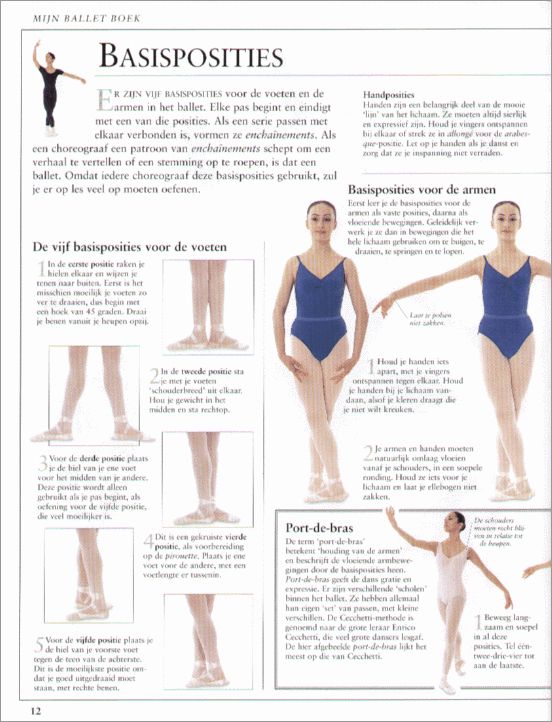 Thirdly, you will be limited strictly to the choreography and music that your production teacher will select for you. But despite all this, many people love participating in show numbers for the opportunity to learn beautiful dance sequences, challenge themselves in terms of public performance, and sometimes just get a beautiful video of dancing as a keepsake. nine0003
Thirdly, you will be limited strictly to the choreography and music that your production teacher will select for you. But despite all this, many people love participating in show numbers for the opportunity to learn beautiful dance sequences, challenge themselves in terms of public performance, and sometimes just get a beautiful video of dancing as a keepsake. nine0003
Festivals are a format of intensive immersion in dances of the chosen direction. As a rule, festivals take place over several days and are quite intensively filled with master classes and parties. At such events, as a rule, the basics are not explained, but in general they are suitable for both beginners and experienced partners, just do not forget to carefully study the program and evaluate how relevant it is for you. Starting with this is quite an extreme choice, but if you have been dancing for at least a couple of months, why not. nine0003
Traveling festivals are a separate topic - this is when you go to dance for a few days in another city.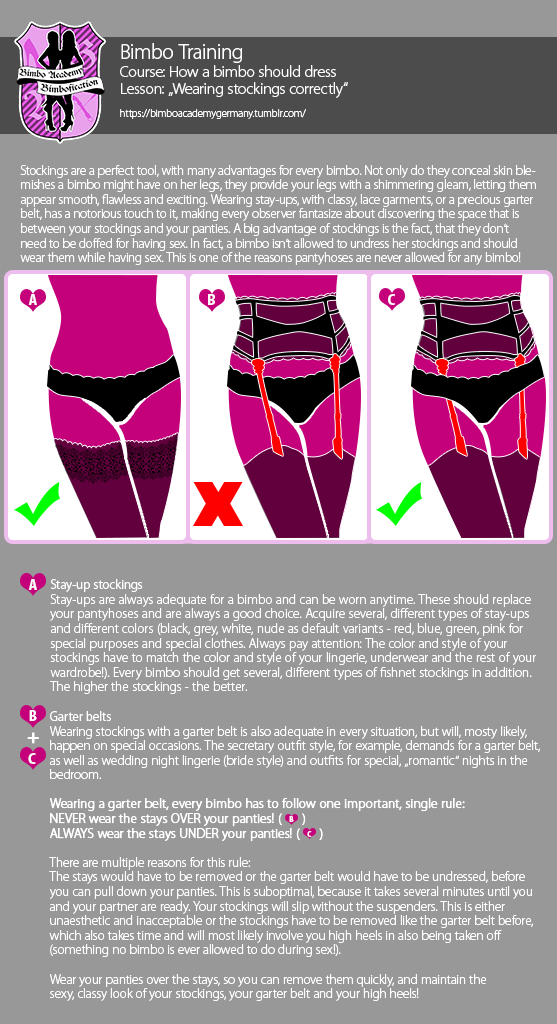
This can be a great adventure and a good vacation option if you're already hooked and love dancing a lot!
My personal experience I think festivals are fun, especially if you have someone to go there with. From a physical point of view, it can be stressful, do not hesitate to choose not all master classes in order to have time to relax - so you get more enjoyment from the event. It is difficult for me to describe the experience of show groups, since I participated in such a master class only once, and for me this was not enough to get a beautiful result that would suit me. But among my fellow dancers there are also fans of this format, so it's a matter of taste. nine0003
Step 6: End and Beginning, or How to Know You've Learned to Dance
When I think about what reminds me most of learning to dance, I imagine a spiral.
Getting started is not hard at all. As a rule, the first steps in any business, including dancing, cause almost euphoria: when you compare even a small success with level zero, which you had just recently, you get a colossal enjoyment of the process. You went to dance - well done! You learned the basic step - You are just super! You danced the first bunch - wow! nine0003
You went to dance - well done! You learned the basic step - You are just super! You danced the first bunch - wow! nine0003
And then, according to the classics, you suddenly realize that the more you know, the more you don’t know.
What to move on after the basic step - to links or musicality? When do you go solo? Is it necessary to study with different teachers, to dance really well? Is it possible to stop learning to dance, because you're already good enough? And how to understand it? Almost every dancer including dance teachers, asks himself these questions. A universal answer to them, of course not. nine0003
And here I return to my image of the spiral. The beauty of dancing is that at each stage you can choose in which direction you want to develop further, but after mastering each new level, you will realize that you have climbed a step higher, and now all the same options are available to you again. Let's say you mastered the basic step, then learned a dozen chords and completed a marathon of musicality.
